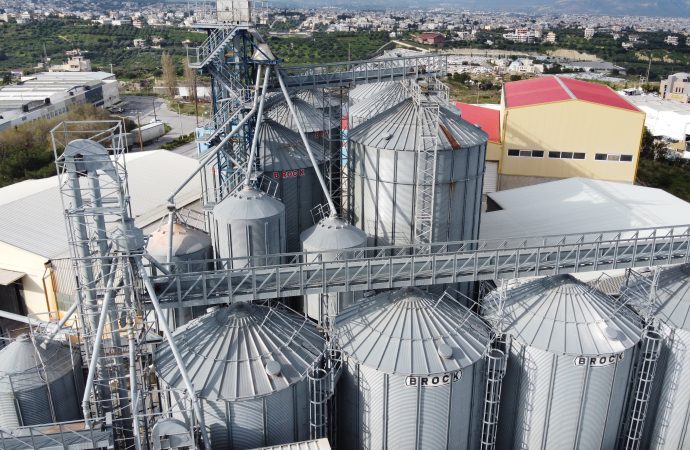The farm-to-table movement has become increasingly popular in recent years as consumers become more interested in where their food comes from and how it is produced. This movement emphasizes the importance of sourcing food locally and supporting small-scale farmers and producers. One of the main benefits of eating locally is that it promotes sustainability. By
The farm-to-table movement has become increasingly popular in recent years as consumers become more interested in where their food comes from and how it is produced. This movement emphasizes the importance of sourcing food locally and supporting small-scale farmers and producers.
One of the main benefits of eating locally is that it promotes sustainability. By sourcing food from nearby farms, it reduces the carbon footprint associated with transporting food long distances. It also encourages farmers to grow crops using sustainable practices, which can benefit the environment and promote biodiversity.
In addition to promoting sustainability, eating locally also supports local economies. By purchasing food directly from farmers and producers, consumers can help to keep money in their communities and support small businesses. This can have a positive impact on job creation and economic development.
Another benefit of the farm-to-table movement is that it promotes a healthier lifestyle. Locally sourced food is often fresher and more nutritious than food that has been transported long distances. Additionally, by supporting local farmers, consumers can have a better understanding of how their food is produced and what goes into it, which can help to promote a more mindful approach to eating.
However, there are also challenges associated with the farm-to-table movement. One of the main challenges is access to local food. In some areas, there may not be enough local producers to meet the demand for locally sourced food. Additionally, local food can be more expensive than food that has been transported long distances, which can make it less accessible to lower-income consumers.
Despite these challenges, the farm-to-table movement continues to grow in popularity. More and more restaurants and grocery stores are offering locally sourced food, and consumers are increasingly interested in learning about where their food comes from. As the movement continues to gain momentum, it has the potential to promote sustainability, support local economies, and promote a healthier lifestyle.
In conclusion, the farm-to-table movement is an important trend in the US that emphasizes the importance of sourcing food locally and supporting small-scale farmers and producers. While there are challenges associated with the movement, such as access to local food and higher costs, the benefits of eating locally include promoting sustainability, supporting local economies, and promoting a healthier lifestyle.

















Leave a Comment
Your email address will not be published. Required fields are marked with *